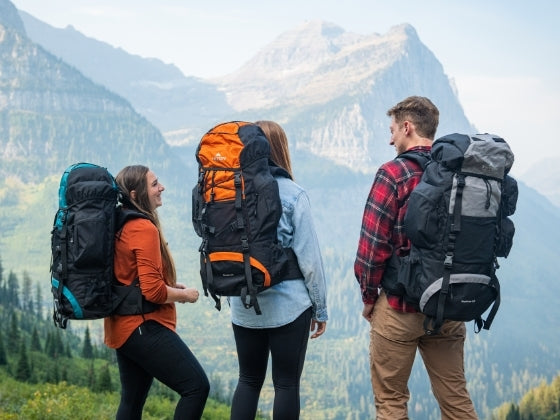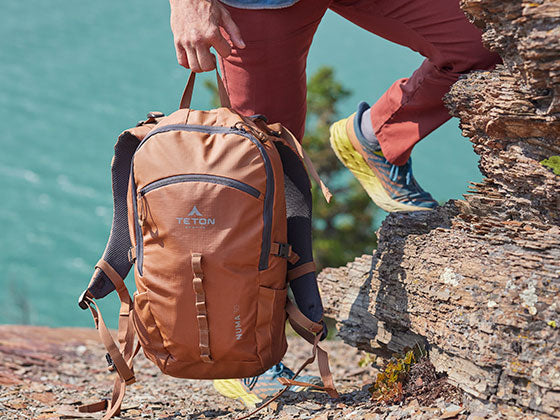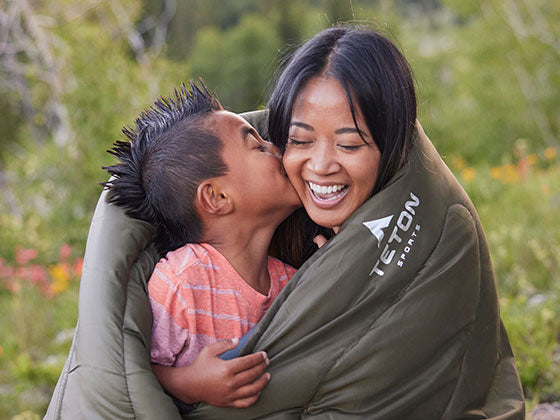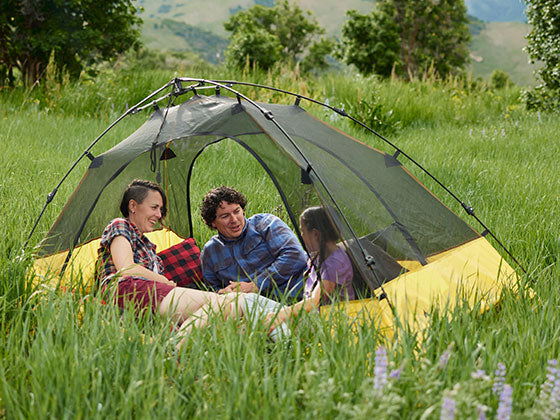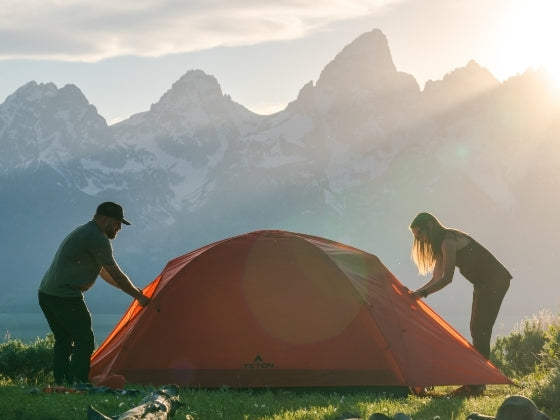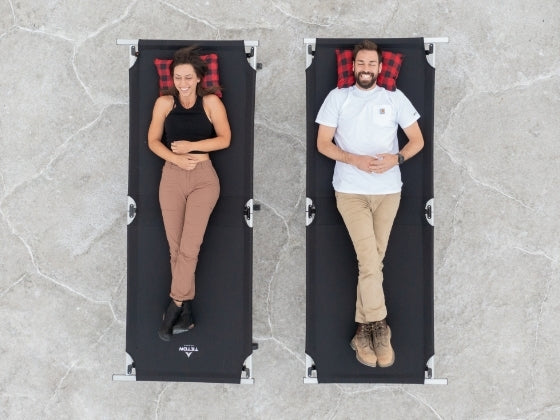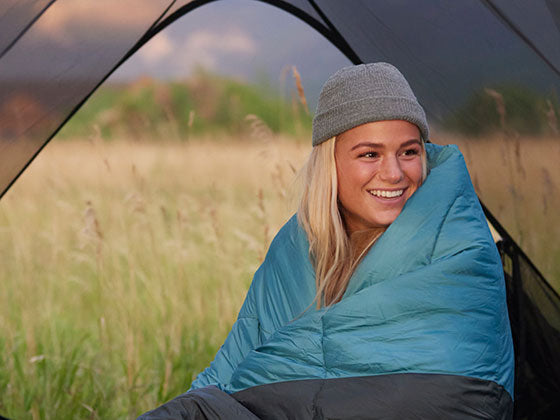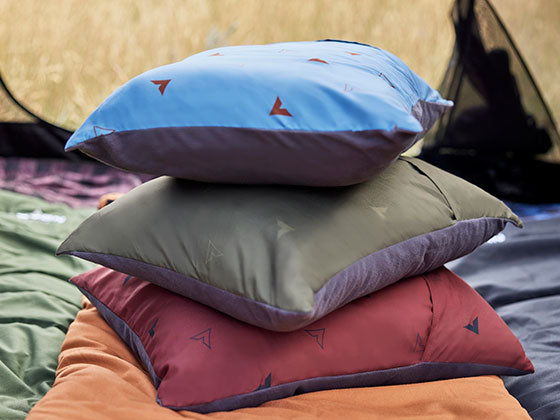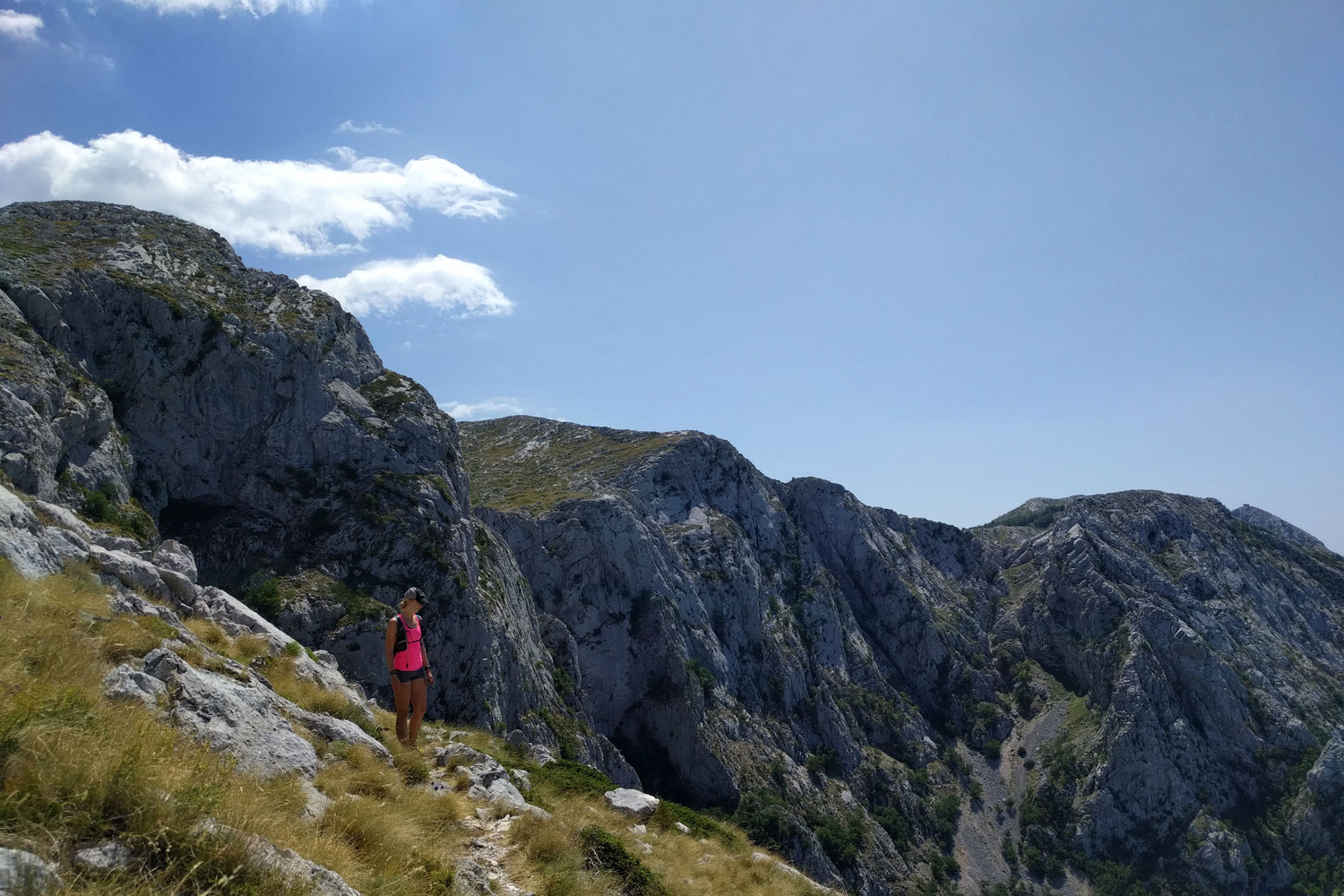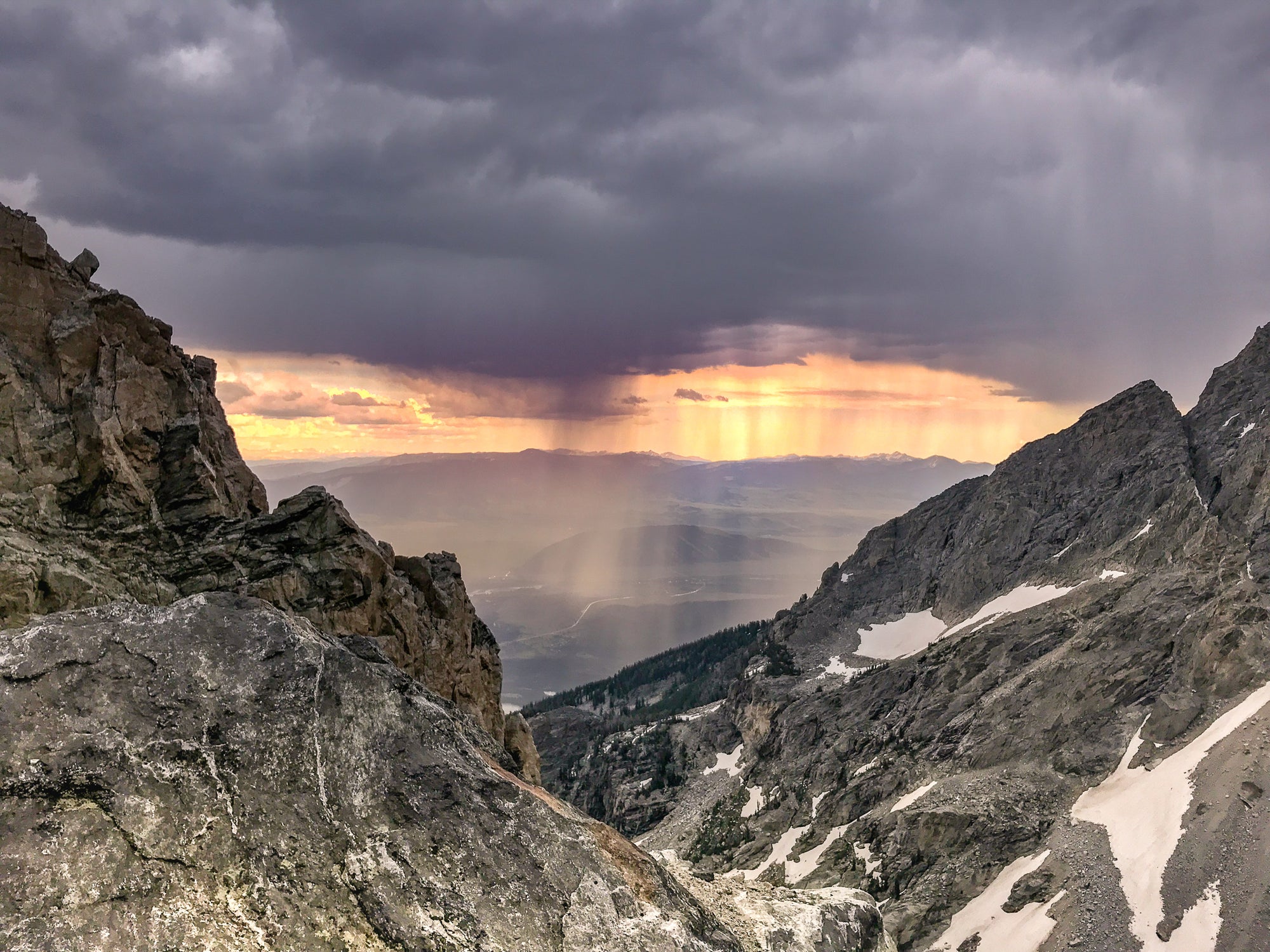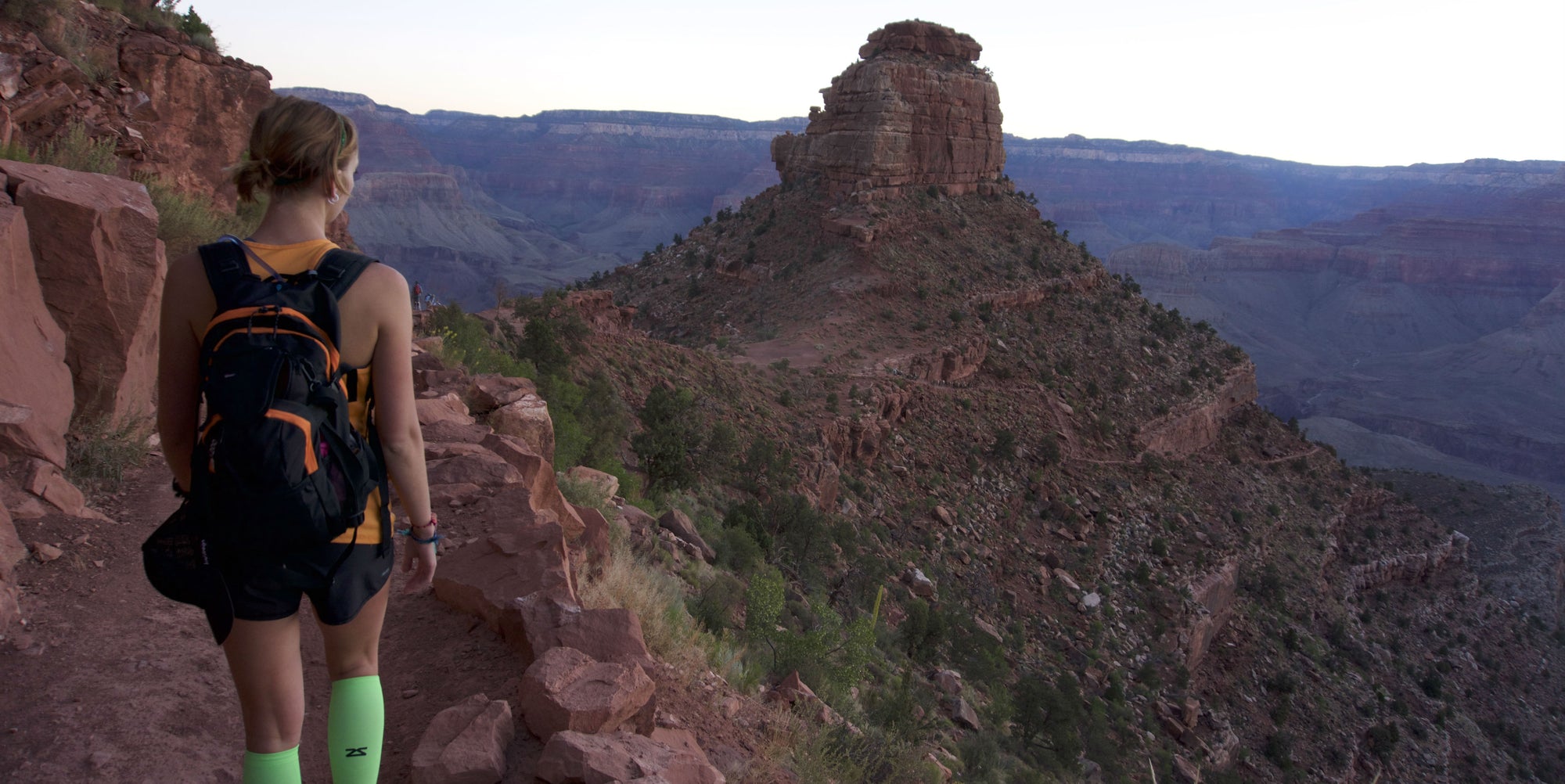We’ve talked about how you can enjoy your time in the national parks, even during the busy summer season. Now let’s take a second to talk about what you can do to make sure those parks stick around for others to enjoy long into the future...without getting political. National parks are protected for a reason -- they’re stunning backdrops of Mother Nature’s wonder that we want to share with everyone. This means everyone wants to come see them. Unfortunately, people tend to have a rather negative impact on the natural environment. As lovers + advocates of that natural environment we want to share a few tips + ideas for how you can soak up the beauty, but reduce your impact on it. Some of these may seem like second nature to you, others may be new...more importantly, we’d love to get to the conversation started + hear your ideas, so share away!
Practice Basic LNT
Oh, LNT...leave no trace. In reality, the rules of “leave no trace” can get pretty complicated, but the basic 7 principles can help you become a must better trail user. Pack out whatever you pack in, stay on the trail, don’t pick the flowers or trample the greenery
Reduce, Reuse, Recycle
This goes for your time in the park as well as everyday life. If you’re buying a drink in a plastic water bottle, hang onto it until you get to a recycling bin. Better yet, bring your own reusable water bottle
Shut Off + Shuttle
There will be lines at national parks, especially during the busy season. Don’t sit in that 15+ minute queue with your car idling...shut it off! Better yet, park in the shuttle lot + avoid the extra miles on your own vehicle. We know, we know...shuttle lots aren’t all that much fun. But don’t write them off immediately. If you do a little looking you may end up with a trail to hike that starts at the shuttle drop off + ends at the shuttle parking lot. Or the reverse. Either way, look into ways to utilize the public transportation the national parks provide for you. When in doubt, ask a ranger or volunteer!
Pick Up Trail Trash + Trail Karma
We all know *we* would never leave trail trash behind, right?! Well, not everyone is as awesome as we are. More importantly, packs become accidentally unzipped, the wind blows wrappers away + mistakes happen. If you come upon trash on the trail...pick it up + pack it out. We like to call this “trail karma”, a little something you pick up when you’re doing good for Mother Nature. In theory, if you pick up trail trash you’re making Mother Nature happy + she just might make sure you get the best views at the mountain top! Just roll with us here, it’s a great motivator when you're bending over to pick up even more trash! If you’re lucky the first thing you find will be a plastic bag. If not, reuse that plastic bag you have kicking around in your car by packing it along to carry the trash out. For smaller “micro trash” it’s easy to designate one side pocket of your pack as the “trash pocket”. Just don’t go putting your apple in there later… Speaking of which, don’t toss your apple core or orange peels or banana peels or pistachio shells on the ground! They were not native to the national park, the national park’s ecosystem is not familiar with them + the critters may get ill or start to depend on them...all of which are *very* uncool. Don’t do it!
Keep Quiet
We’re in nature + while that may be a place of worship for some, we not asking you to talk in hushed tones. But, leave the speakers at home! Instead, listen to the birds + other critters. Or, you know, talk to each other. On the same note, don’t go around yelling at each other or the animals. This is their home + you’re the visitor. You know we’d all pitch a fit if an elk showed up in our living room screaming at us to look this way or move that way! Don’t be that person. Also, please don’t bring your pets to national parks. For starters, most national parks don’t allow them beyond the parking lot + that sort of road trip doesn’t seem very appealing for your pet. Beyond that, consider that the animals living in national parks aren’t keen on your dog chasing them or barking at them. We not trying to hate on your pet, we promise...but this request is about respect for Mother Nature + the creatures that call your favorite national park home.
What else do you consciously do to reduce your impact on the environment within the boundaries of a national park? Or beyond those boundaries for that matter...how can we all become better trail users?Give Back By Volunteering
When you’re roaming around a national park you’ll see a lot of rangers. Some of them are lucky enough to get paid, others are volunteers. This is especially true when you see trail work. Depending on the popularity of your nearby national park, they may be in pretty desperate need of volunteers. Become one of them! Hit up the national parks website for more details or ask at the information desk while you're there. Of course, you may not be close enough to volunteer at the national park. Compromise. Seek out volunteer opportunities in your area. Help build trails, participate in LNT presentations, get involved in a local hiking group...anything that is directly benefiting nature or helping others become trail users counts. This rolls right in with “trail karma”. Be good to Mother Nature + she’ll return the favor! As we mentioned before, these are just a few tips on how to reduce your impact on our busy national parks. In short, be a respectful trail user!

